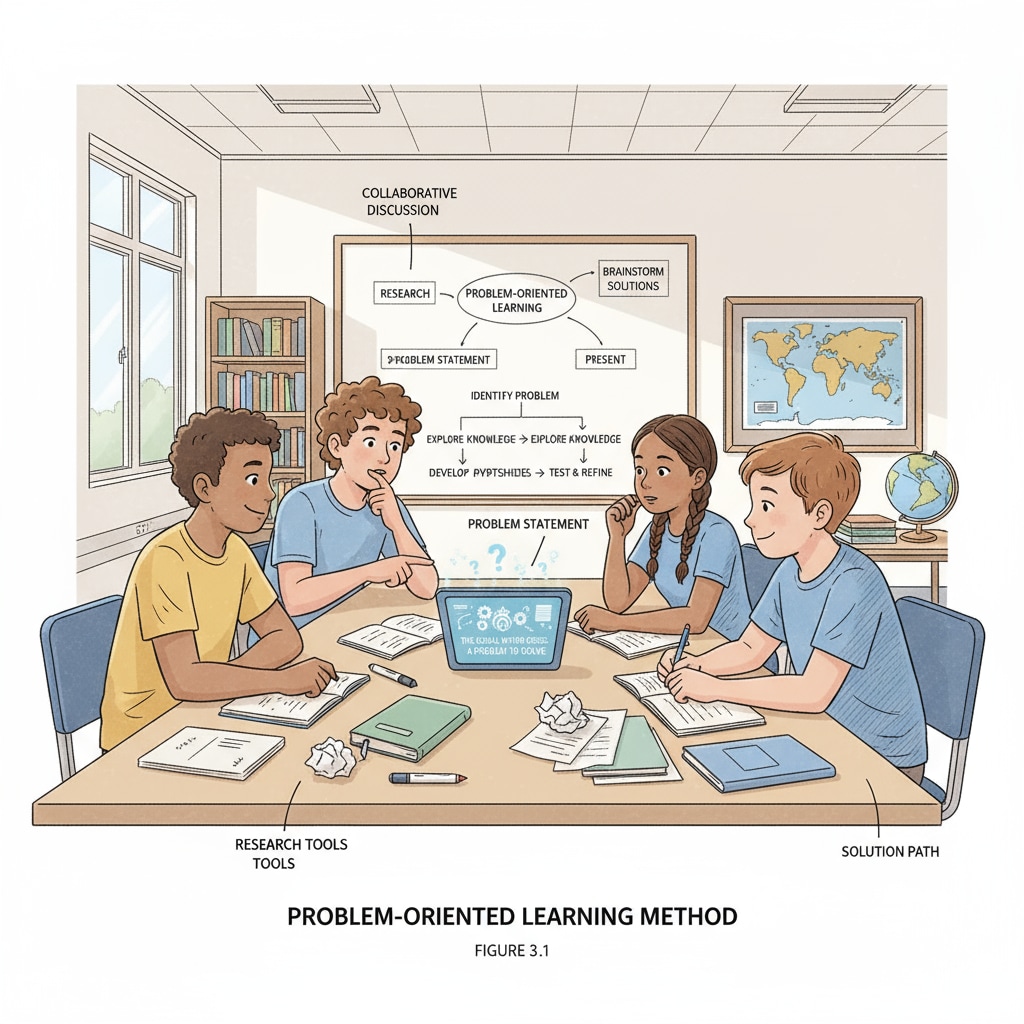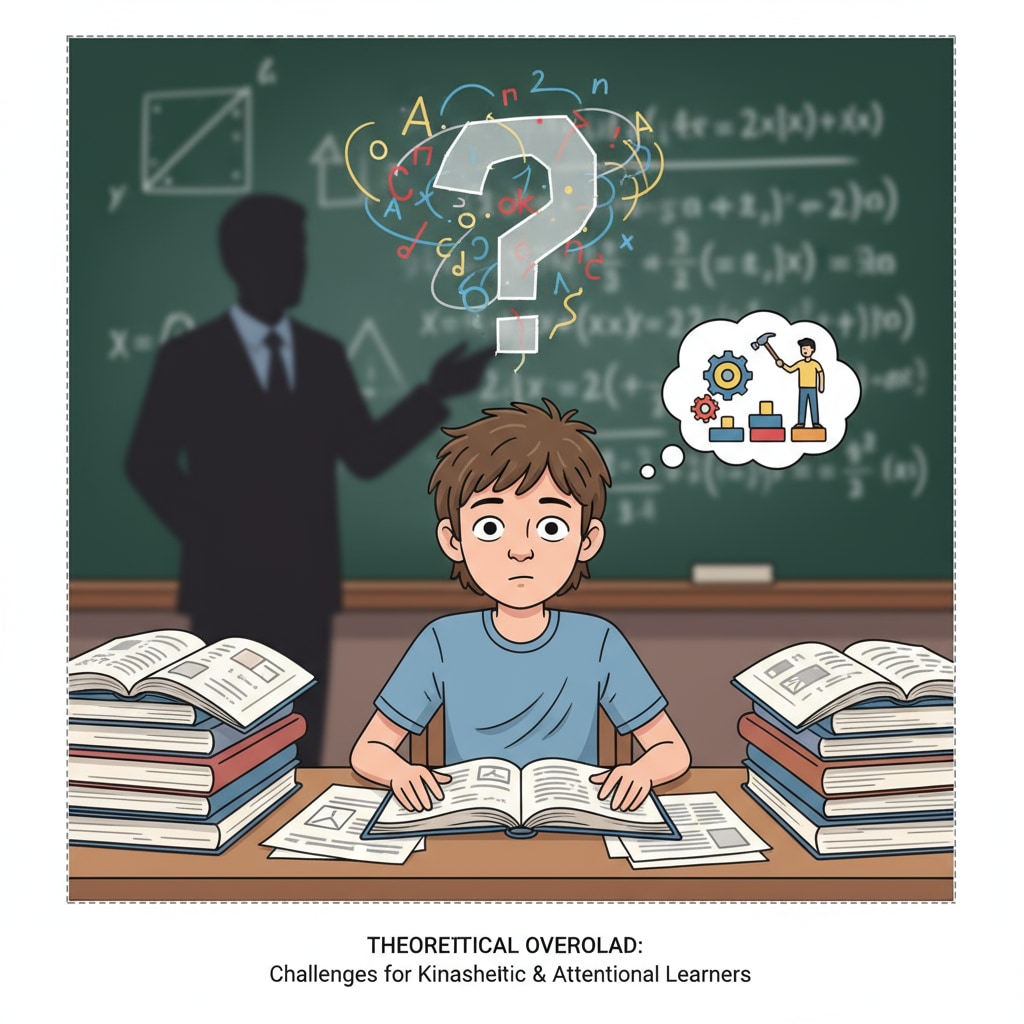Theoretical learning can be particularly challenging for learners with attention deficits and those who are more inclined towards practical learning. However, with the right strategies, they can overcome these obstacles and improve their learning efficiency. This article will delve into some effective methods to help these learners master theoretical knowledge more effectively.

Understanding the Challenges
Learners with attention deficits often struggle to focus during theoretical lessons. Their minds may wander, making it difficult to absorb and retain information. Practical learners, on the other hand, prefer hands-on experiences and may find traditional theoretical teaching methods unengaging. For example, they might have trouble understanding complex concepts presented in textbooks or lectures. According to the American Psychological Association, understanding these challenges is the first step in developing appropriate learning strategies.

The Problem-Oriented Learning Method
The problem-oriented learning method can be a game-changer for these learners. Instead of passively receiving information, they are encouraged to actively seek solutions to real-world problems. This approach not only captures their attention but also helps them see the practical applications of theoretical knowledge. For instance, when studying a scientific concept, they can be presented with a problem that requires the use of that concept to solve. This way, they are more motivated to understand the theory behind it. As stated by Wikipedia’s entry on problem-based learning, this method promotes deeper understanding and critical thinking.
By framing learning around problems, learners with attention deficits are more likely to stay focused. The sense of purpose and the need to find solutions keep their minds engaged. Practical learners also benefit as they can directly apply what they learn in a practical context, making the learning experience more meaningful.
Readability guidance: Here, we’ve used short paragraphs to convey key points. The list-like structure in presenting examples helps in better comprehension. The passive语态 is kept to a minimum, and transition words like “however” and “for example” are used to enhance the flow.


